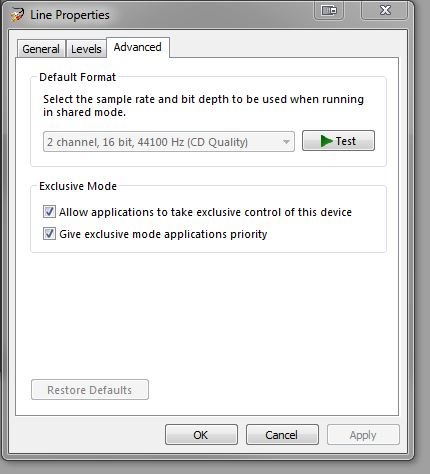
For published desktops and published applications, Real-Time Audio-Video can redirect only one audio device and only one video device.The names of redirected devices in the virtual desktop are the actual device names, but with (VDI) appended, for example, C670i FHD Webcam (VDI). For virtual desktops, Real-Time Audio-Video can redirect more than one audio and video device.Real-Time Audio-Video is compatible with standard conferencing applications and browser-based video applications, and supports standard webcams, audio USB devices, and analog audio input.ĭuring the setup of an application such as Skype, Webex, Google Hangouts, or Microsoft Teams, users can choose input and output devices from menus in the application.

This feature redirects video and audio data with a significantly lower bandwidth than can be achieved by using USB redirection.

With Real-Time Audio-Video, webcam and audio devices that are connected locally to the client system are redirected to the remote sessions. Real-Time Audio-Video allows Horizon users to run Skype, Webex, Google Hangouts, Microsoft Teams, and other online conferencing applications in their remote sessions.


 0 kommentar(er)
0 kommentar(er)
